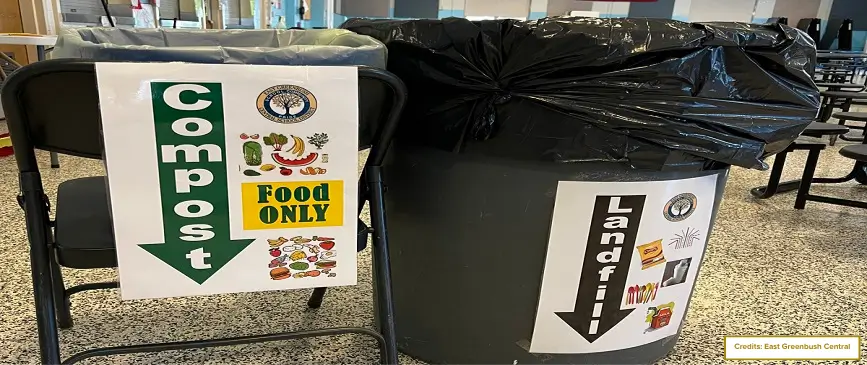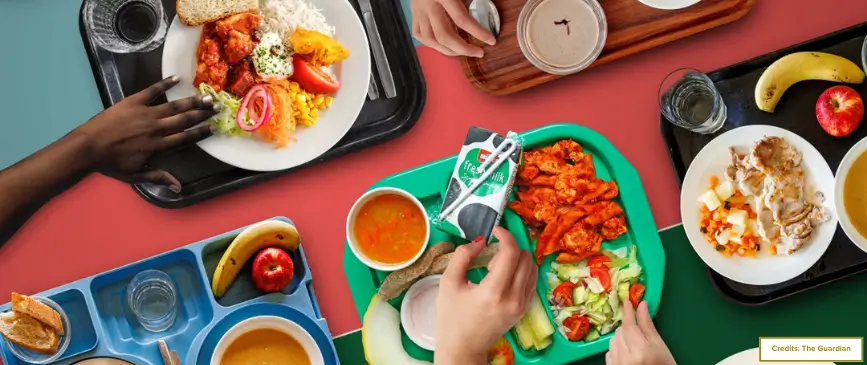Introduction
Across campuses worldwide, the cafeteria has always been more than a place to eat. But in today’s dynamic educational landscape, cafeterias are evolving into something even more powerful: student-run cafeterias.
This model places students at the center—not just as diners, but as leaders, entrepreneurs, and visionaries. A student-run cafeteria provides affordable, accessible meals while nurturing leadership, teamwork, problem-solving, and creativity.
At Ingenious Cafeteria Concepts, we see this model as the blueprint for the future of school cafeterias. It reflects a vision of education that is dynamic, student-powered, and deeply tied to community well-being. Student-run cafeterias embody the bold, forward-thinking vision of tomorrow’s campuses by empowering students, strengthening institutions, and supporting sustainability.
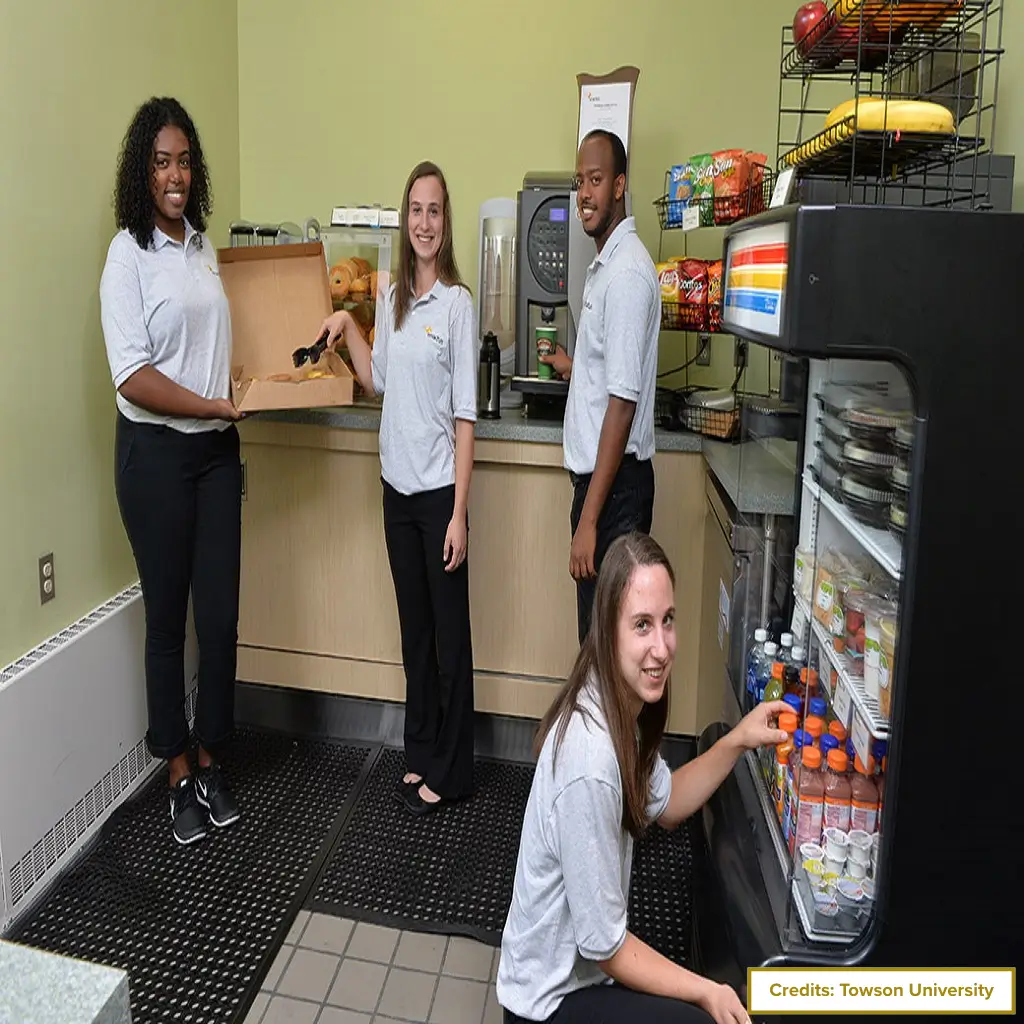
What Are Student-Run Cafeterias?
Unlike traditional cafeterias managed by external contractors, student-run cafeterias are operated by students, often as part of their educational programs. They become laboratories of learning where classroom concepts come alive in practical settings. Students plan menus, prepare food, manage budgets, coordinate logistics, and market their cafeterias.
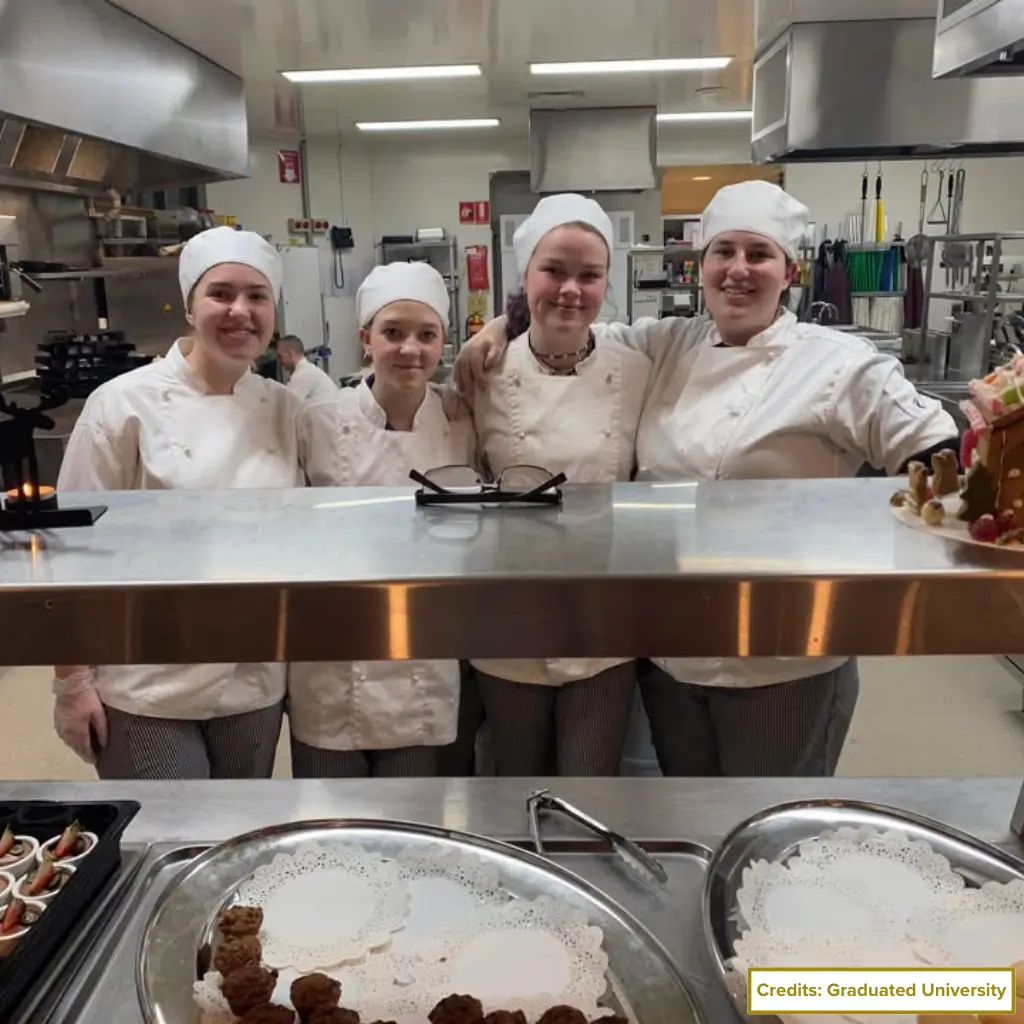
In these cafeterias, students are not passive helpers—they are decision-makers. They decide whether to make a school cafeteria more festive during holidays, brainstorm different lunch options that reflect cultural diversity, or experiment with eco-friendly systems to build a zero-waste school cafeteria. Professionals remain involved to ensure safety and compliance, but the leadership rests with students.
This hands-on approach transforms cafeterias into creativity, responsibility, and innovation hubs.
Educational Benefits of Student-Run Cafeterias
One of the greatest strengths of student-run cafeterias is the educational value they bring. They are a direct extension of the classroom, offering opportunities for experiential learning rarely matched by traditional models.
1. Hands-On Learning Beyond the Classroom
Operating a cafeteria gives students tangible skills. They learn to manage a school cafeteria, applying lessons from economics, business, and hospitality in real-world contexts. Abstract theories suddenly have meaning when tied to actual operations.
2. Entrepreneurship and Leadership
Students gain entrepreneurial experience—budgeting, generating revenue, and leading peers. For many, designing a healthy school cafeteria menu or launching a pop-up food stall is their first taste of entrepreneurship.
3. Teamwork and Problem-Solving
Student-run cafeterias require cross-functional collaboration. From cooking to logistics, students must work together, make decisions quickly, and resolve conflicts under pressure. Creating new school cafeteria recipes or updating a cafeteria menu board demands creativity and teamwork.
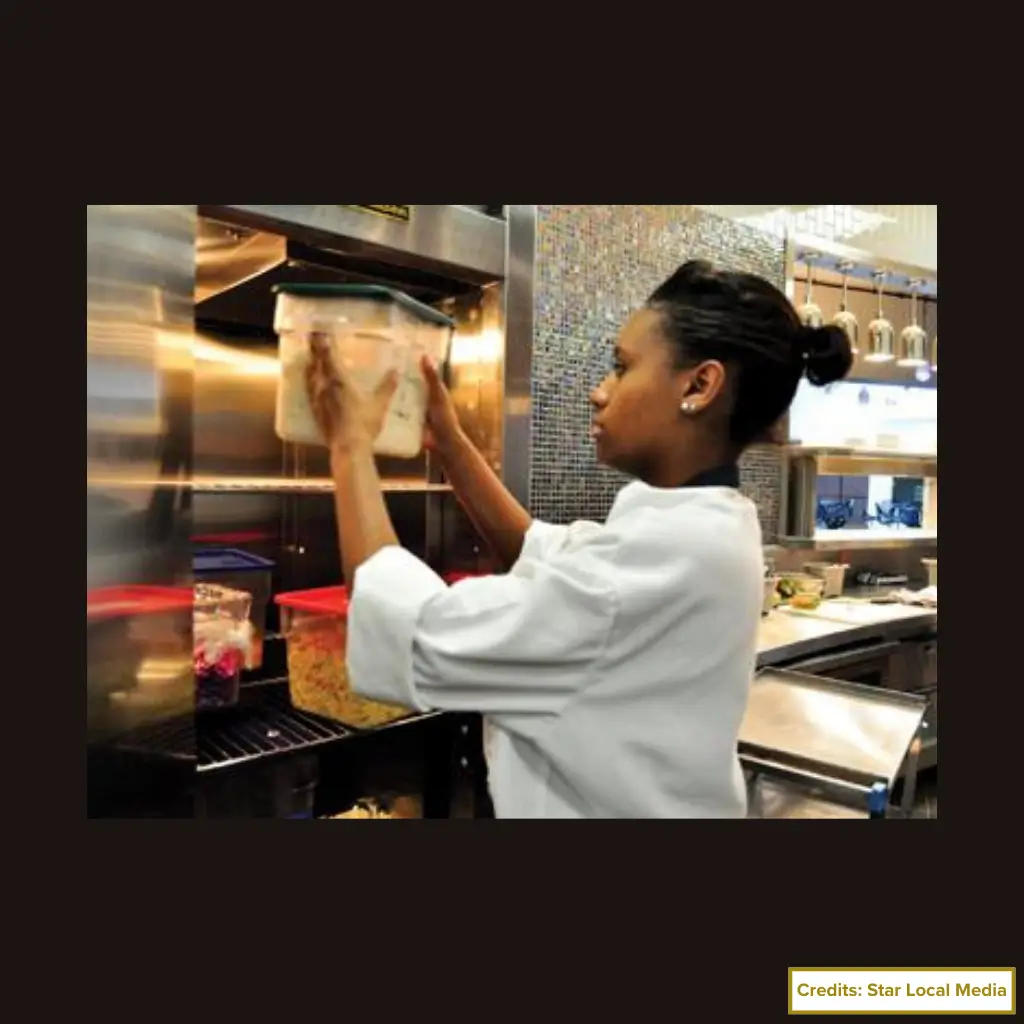
4. Career Preparation
Cafeterias act as professional training grounds for students pursuing hospitality, business, or nutrition. They bridge the gap between academia and industry, providing real-life skills that make graduates more employable.
5. Personal Growth and Confidence
Students gain confidence when presenting new ideas for a cafeteria breakfast initiative or a wellness campaign. They discover resilience and a sense of accomplishment that extends beyond school.
6. Behavior and Culture
Students participating in cafeteria operations also influence behavior management and foster a positive school culture. They create respectful, collaborative, and welcoming spaces qualities that extend beyond the cafeteria into campus life.
Financial and Operational Advantages
Student-run cafeterias don’t just benefit students; they also provide tangible value to institutions.
1. Cost Efficiency
By reducing reliance on outside contractors, institutions often lower costs. Students bring fresh eyes and innovative solutions that streamline operations.
2. Revenue Generation
Student teams often experiment with pop-up cafés, themed dining nights, or event catering. These creative ventures increase revenue while making campus life more vibrant.
3. Realistic Budgeting
Students learn the discipline of balancing ambition with reality. This ensures affordable meals and long-term financial sustainability.
4. Institutional Value
Beyond finances, student-run cafeterias elevate institutional reputation. They demonstrate innovation, strengthen student engagement, and provide a unique selling point in competitive higher education markets.
In short, this model benefits both students and schools making it a win-win solution.
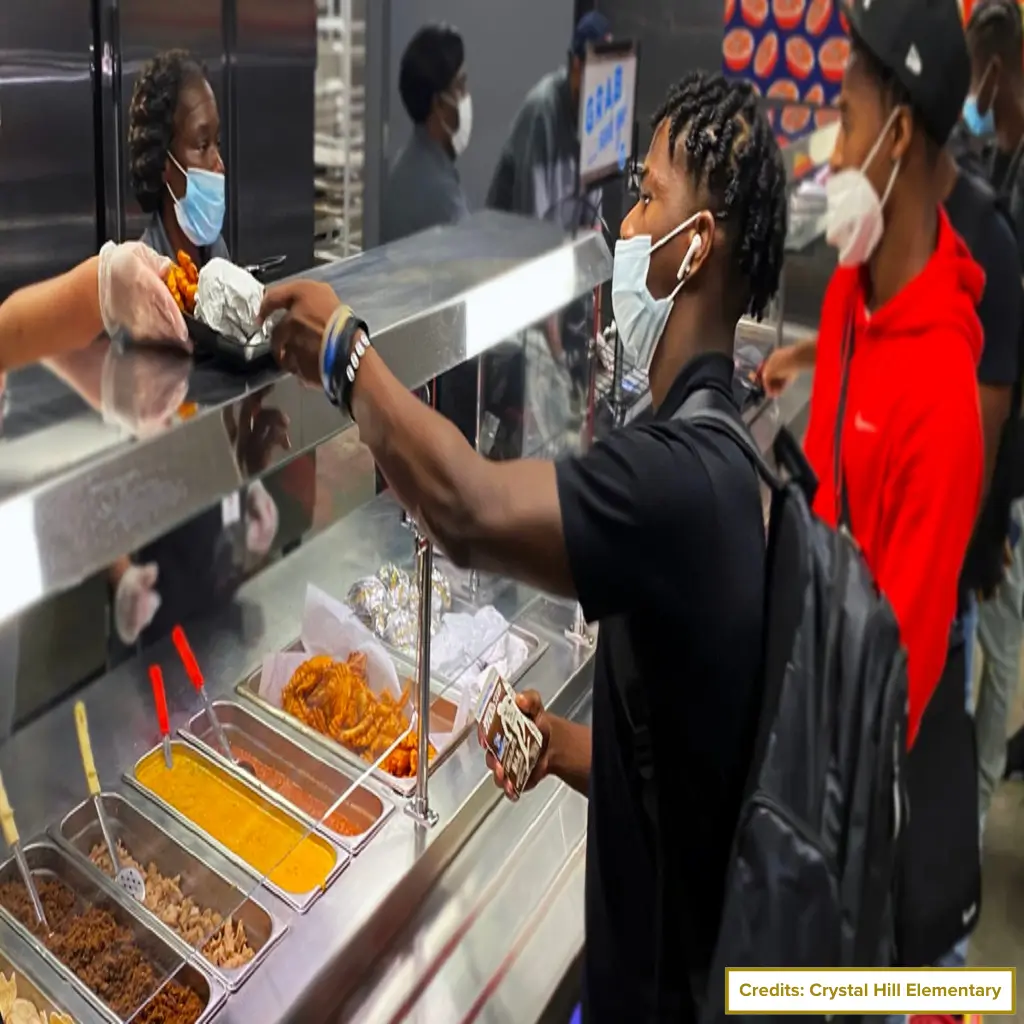
Sustainability Advantages of Student-Run Cafeterias
Today’s students are deeply committed to environmental responsibility. A student-run cafeteria provides a powerful platform to put those values into practice.
- Minimizing Food Waste: Portion control, composting, and donation programs allow students to reduce food waste while helping their communities.
- Ethical Sourcing: Partnerships with local farmers and fair-trade suppliers reduce the ecological footprint while supporting local economies.
- Eco-Friendly Practices: From reusable containers to energy-efficient appliances, students champion sustainability across operations.
- Education and Advocacy: Cafeterias become spaces to promote sustainable diets and responsible consumption.
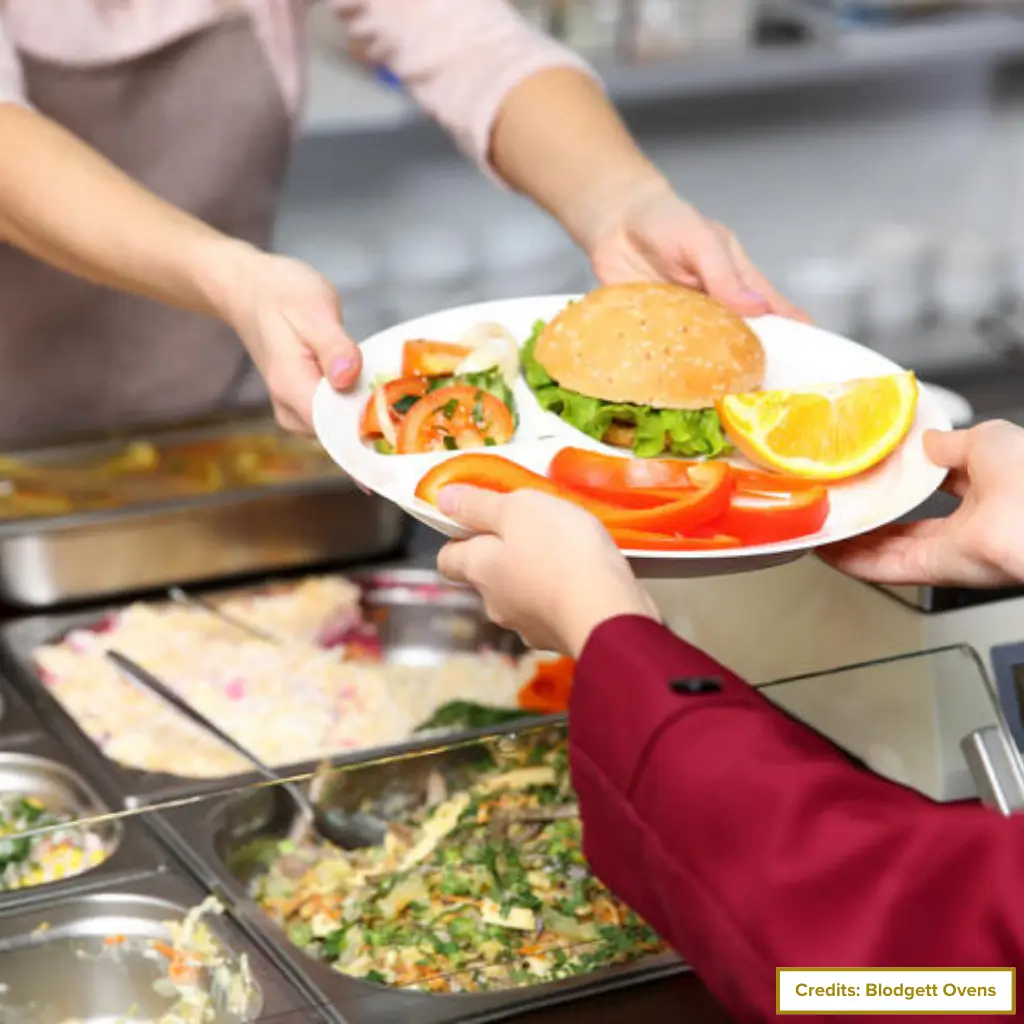
Successful Student-Run Cafeterias Around the World
Student-run cafeterias are already thriving worldwide:
- In Wisconsin, the Classroom Café gives students firsthand business and culinary experience.
- Texas’ Eagle Café is a shining example of a high school cafeteria run almost entirely by students. They manage menus, budgets, and even customer service.
- In Vancouver, Canada, students grow produce in school gardens and integrate it into meals.
- In Maharashtra, India, students provide affordable snacks, gaining real-life skills.
- FoodCorps in the U.S. involves students in shaping school lunch policies and rethinking school cafeteria food with nutrition and culture in mind.
- In Japan, students organized a temporary restaurant, gaining experience in hospitality and leadership.
Each example proves the value of empowering students to lead.
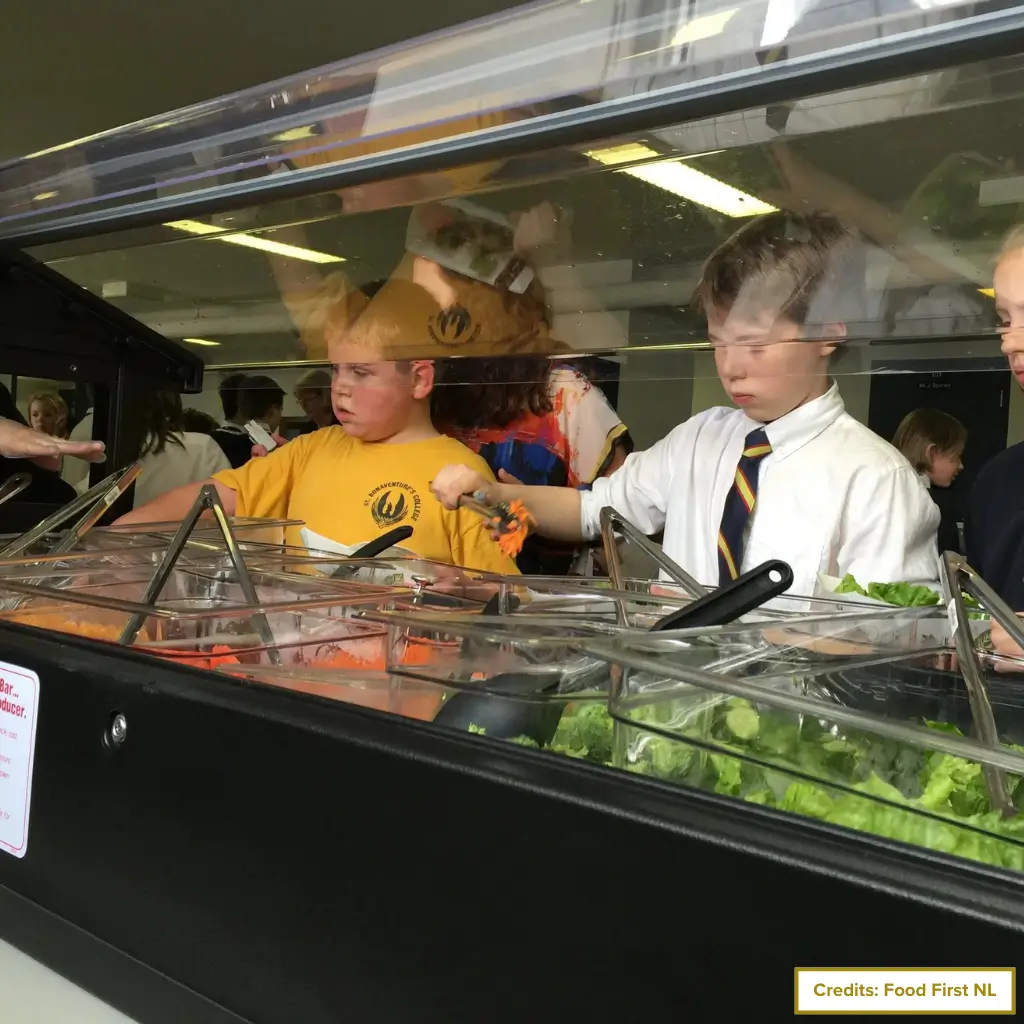
Creative Ideas and Innovations from Student-Run Cafeterias
One of the most inspiring outcomes of student-run cafeterias is innovation:
- Cultural Celebrations: Hosting themed nights showcasing world cuisines.
- Entrepreneurship: Pop-up cafés where students test business ideas.
- Wellness Initiatives: Designing programs like allergy-friendly meals or improving high school cafeteria food to match modern health standards.
- Technology: Apps for pre-ordering or tracking dietary needs.
- Community Engagement: Cafeterias double as cultural hubs, hosting performances and workshops.
Small touches, like involving students in organizing school cafeteria layouts, inspire ownership and creativity.
How ICC Supports Student-Run Cafeteria Models
At ICC, we believe cafeterias are launchpads for leadership, innovation, and community. Our role is not to run cafeterias for students but to mentor and equip them to succeed.
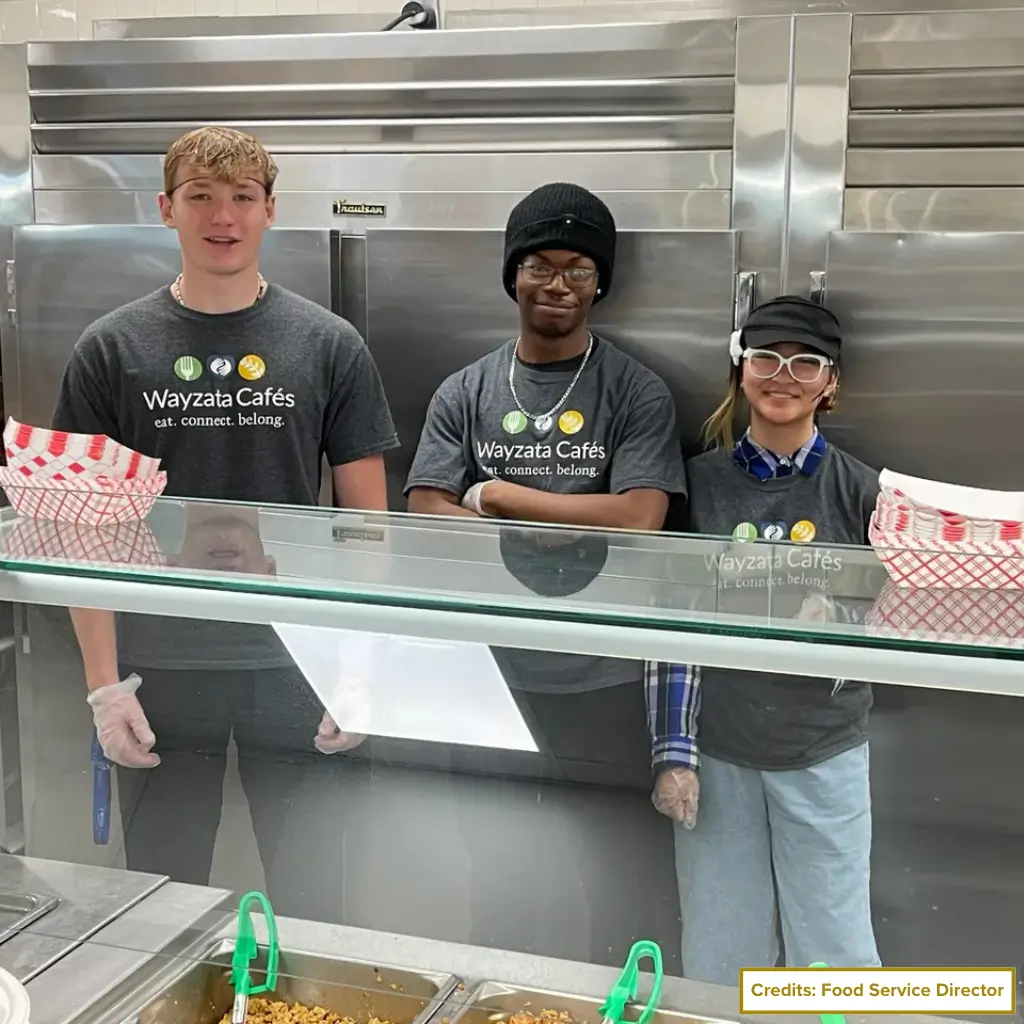
Here’s what sets us apart:
- Helping students improve school cafeteria food through modern techniques and inclusive menu design.
- Creating a modern school cafeteria experience with digital ordering, smart systems, and customer engagement tools.
- Supporting private school cafeterias with scalable systems that merge tradition and innovation.
- Elevating programs where school cafeteria workers mentor students, blending professional standards with youthful creativity.
Our philosophy is simple: we mentor and guide while students lead. We make success replicable so cafeterias can flourish across campuses, shaping future-ready leaders.
Have A Glimpse Of Our Work Here!
Final Verdict
The story of student-run cafeterias is not just about food, it’s about transformation.
At ICC, we are not imagining the future of student-run cafeterias we are already making it happen. Across schools and campuses, we are helping students take charge of their dining spaces, design menus, balance budgets, cut waste, and turn cafeterias into hubs of culture and innovation. Students grow into leaders daily while institutions benefit from more brilliant, sustainable dining systems.
This isn’t a concept waiting to be tested, it’s a movement already in motion. And the results speak for themselves:
- stronger student engagement
- healthier communities and,
- cafeterias that genuinely reflect the spirit of education in the 21st century.
If you’re ready to transform your cafeteria into a living classroom and a launchpad for student success, ICC is here to partner with you. Contact ICC today and bring your student-run cafeteria vision to life.
FAQs
What makes a student-run cafeteria different?
Students take active leadership roles, managing everything from menus to finances, making cafeterias both dining halls and learning hubs.
How do student-run cafeterias benefit students?
They provide hands-on learning, leadership experience, and entrepreneurial skills while improving campus dining.
Are student-run cafeterias financially sustainable?
Yes. They reduce costs, generate revenue, and encourage innovative solutions to operational challenges.

